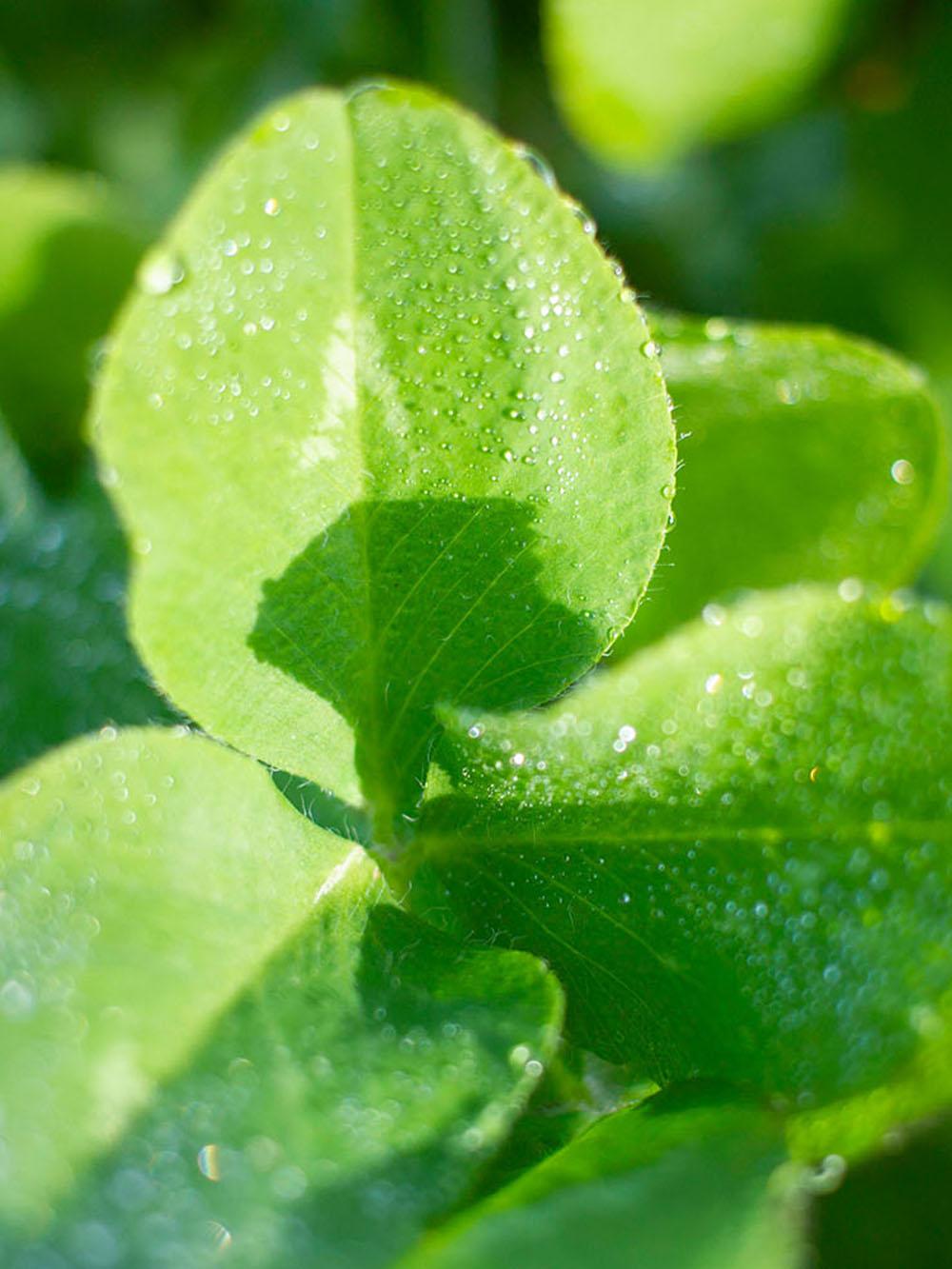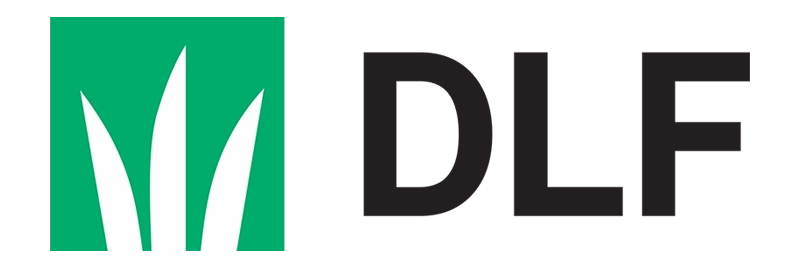Trifolium

Altaswede
In the first season the growth is confined to a rosette of leaves and very short stems with a small percentage of flowering stalks. In the second and subsequent years, flowering stems are produced. These are generally erect, quite tall and branched. They are green early in the season, but as they become older, many of them turn reddish in colour. About 45% of the plants are smooth stemmed. 45% are smooth except for slight hairiness on the upper one or two internodes. Practically speaking, about 90% of the plants are smooth stemmed and about 10% are hairy.
Key features
- Single-cut variety
- Very good forage quality
- Excellent companion for alfalfa
- Rapid establishment
- Excellent forage quality
Segment
Forage
Species
Red Clover
Sci. Name
Trifolium
Approx. Seeds/Kg.
600000
Approx. Seeds/Lb.
272000
Emergence (Days)
7
Growth Habit
Erect
Leaf Color
Medium Green
Maturity
Early
Plant Height
Medium
Ploidy
Diploid
Type
Red
Winter Hardiness
Extremely Winter Hardy
Seeding Rate - Alone/New (Kg./Hectare)
9-14
Seeding Rate - Alone/New (Lbs./Acre)
8-12
Planting Times
Spring, Late Summer-Early Fall
Seeding Rate - Mixes (Kg./Hectare)
7-9
Seeding Rate - Mixes (Lbs./Acre)
6-8
Livestock
Bee/Pollinator ,
Cattle ,
Deer ,
Goats ,
Hogs ,
Sheep
Usage
Hay ,
Silage ,
Pasture ,
Wildlife ,
Cover Crop ,
Pollinator Friendly
Winter Hardiness
6
